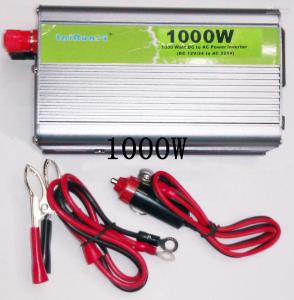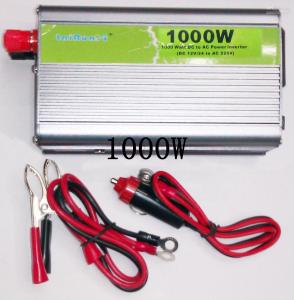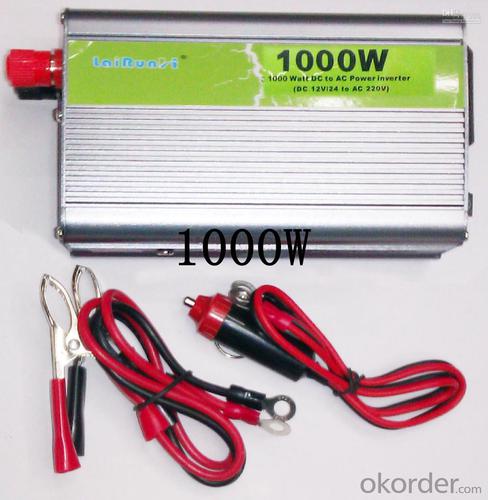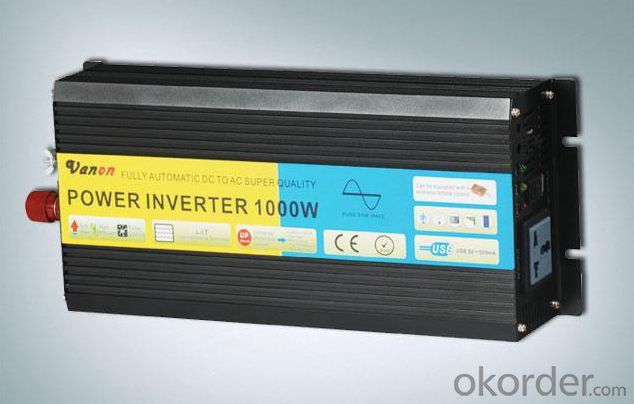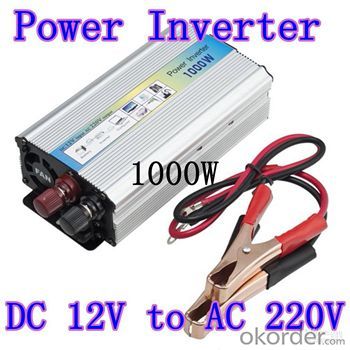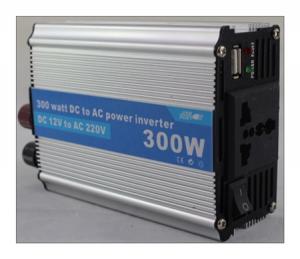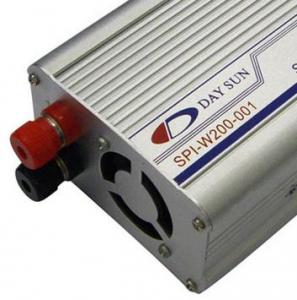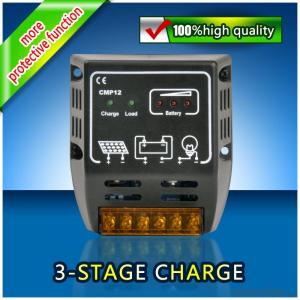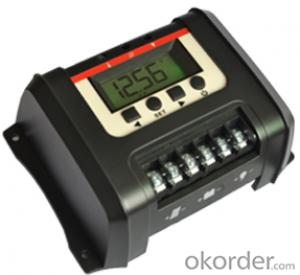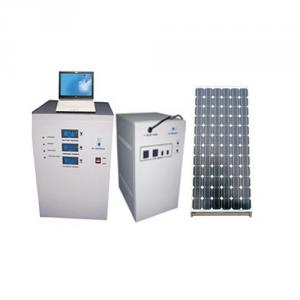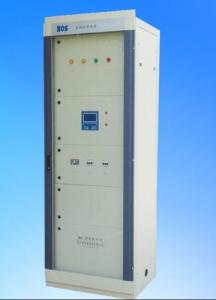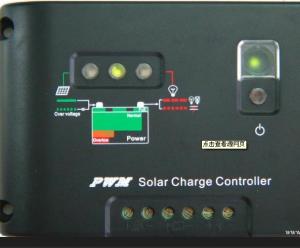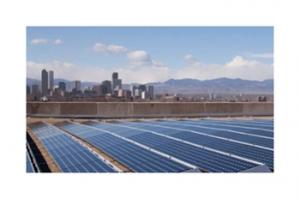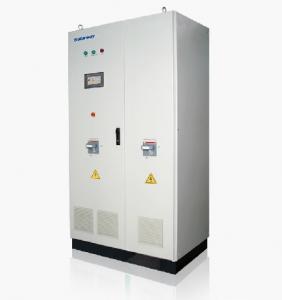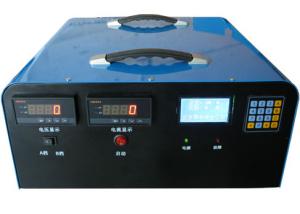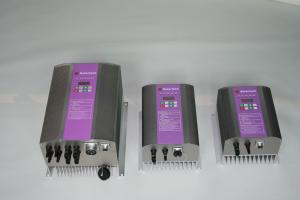Solar Controllers for High Quality 1000W Solar Charging Discharging Controller on eBay
- Loading Port:
- China main port
- Payment Terms:
- TT or LC
- Min Order Qty:
- 100 unit
- Supply Capability:
- 10000 unit/month
OKorder Service Pledge
OKorder Financial Service
You Might Also Like
1, Product desciption
Inverter circuits designed to produce a variable output voltage range are often used within motor speed controllers.
The DC power for the inverter section can be derived from a normal AC wall outlet or some other source. Control and feedback circuitry is used to adjust the final output of the inverter section which will ultimately determine the speed of the motor operating under its mechanical load.
Motor speed control needs are numerous and include things like: industrial motor driven equipment, electric vehicles, rail transport systems, and power tools. (See related: variable-frequency drive ) Switching states are developed for positive, negative and zero voltages as per the patterns given in the switching Table.
The generated gate pulses are given to each switch in accordance with the developed pattern and thus the output is obtained.
2, Features of the product
Inverters convert low frequency main AC power to higher frequency for use in induction heating.
To do this, AC power is first rectified to provide DC power. The inverter then changes the DC power to high frequency AC power. Due to the reduction in the number of DC Sources employed, the structure becomes more reliable and the output voltage has higher resolution due to an increase in the number of steps so that the reference sinusoidal voltage can be better achieved.
This configuration has recently become very popular in AC power supply and adjustable speed drive applications. This new inverter can avoid extra clamping diodes or voltage balancing capacitors. There are three kinds of level shifted modulation techniques, namely:
The first thing to figure out is the length of road in need of street lights.
This can be a small entrance road only a couple hundred of feet long to miles of streets through an area. Does the area currently have any type of lighting available.
What is the reason for needing street lights in this area
Is the electrical grid already nearby or would you need to call in the power company to bring in electrical lines.
If the electric needs to be brought to the area, how much is this going to cost? Depending on how far the grid electric is from the location of the needed lighting, this can be quite expensive.
How much lighting is needed on the street? Do the lights need to be dark sky compliant.
Do the street lights need to run from dusk to dawn or for only a specified number of hours at night.
Are the street lights able to dim in the middle of the night and still provide enough lighting.
These questions need to be answered before you can decide on how many lights you will need to complete the project.
3, Product Image
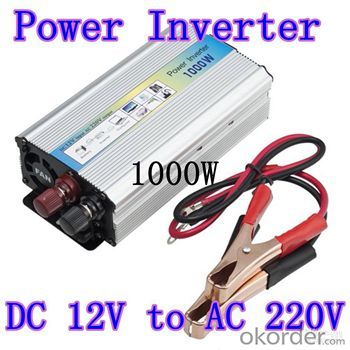
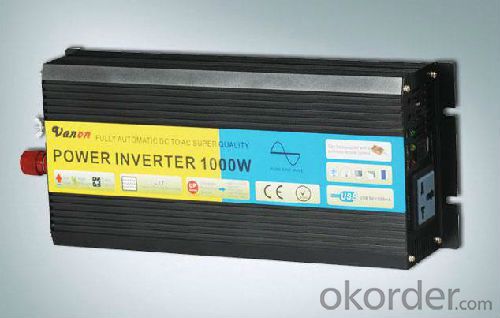
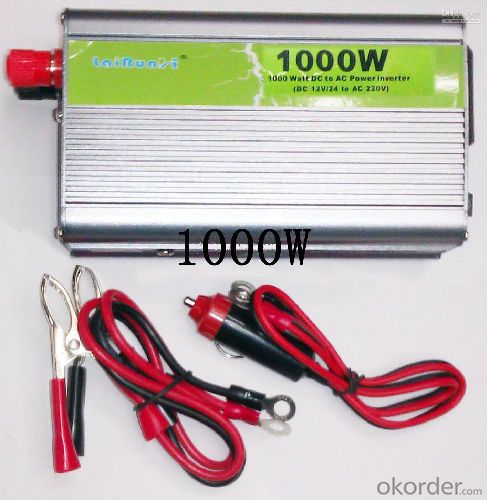
4, Detailed Specification
INPUT | |
Input voltage range | 185~265±5Vac |
OUTPUT | |
Output voltage range | 185~265±5Vac (AC mode) , 230Vac (DC mode) |
Output frequency (DC mode) | 50Hz (48~54Hz) or 60Hz(58~64Hz), same as AC(AC mode) 50Hz ±0.3Hz (DC mode) |
Wave form | Sine wave (DC Mode) |
Transfer time | 10ms. (Typical) |
BATTERY | |
Rated charging current (max.) | 45A |
Norminal DC input voltage | 12V |
Min. DC start voltage | 20V / 40V |
PHYSICAL | |
Unit dimension (mm) | 526*277*212 |
Master box dimension (mm) | 620*350*370 |
Net weight (1pc, kg) | 22.8 |
- Q: What is the self-consumption of a solar controller?
- The self-consumption of a solar controller refers to the amount of energy it uses for its own operation. It includes the power consumed by the controller's internal components such as circuitry, display, and communication interfaces. Minimizing self-consumption is important as it ensures that a higher percentage of solar energy generated is available for utilization rather than being used by the controller itself.
- Q: What is the maximum number of system alarms supported by a solar controller?
- The maximum number of system alarms supported by a solar controller can vary depending on the specific model and brand. However, in general, solar controllers typically support a wide range of alarms, ranging from a few to several dozen, to ensure efficient and safe operation of the solar system.
- Q: Can a solar controller be used with solar panels that are connected to a charge controller?
- Solar panels that are connected to a charge controller can indeed be used with a solar controller. This is a common setup in solar power systems. The charge controller is responsible for regulating and controlling the charging process of the batteries that are connected to the solar panels. On the other hand, a solar controller, also known as a solar charge controller or solar regulator, is specifically designed to regulate the voltage and current from the solar panels. Its purpose is to ensure that the power generated by the panels is suitable for charging the batteries. The solar controller has a crucial role in safeguarding the batteries from overcharging and over-discharging, which can significantly extend their lifespan. It also aids in maximizing the efficiency of the solar panels by preventing any mismatch between the panel's output and the battery's charging requirements. By utilizing a solar controller alongside a charge controller, you can guarantee that your solar panels are functioning at their best and your batteries are adequately charged. This results in a solar power system that is more efficient and dependable.
- Q: How does a solar controller handle temperature fluctuations?
- A solar controller handles temperature fluctuations by continuously monitoring the temperature of the solar panels. It adjusts the charging voltage and current to optimize the efficiency and performance of the solar panels according to the temperature. This helps to protect the panels from overheating in hot conditions and ensures maximum power output in colder temperatures.
- Q: Can a solar controller be used with solar panels of different outputs?
- Yes, a solar controller can be used with solar panels of different outputs. The purpose of a solar controller is to regulate the flow of electricity from the solar panels to the battery or load. It ensures that the battery is charged properly and prevents overcharging or damage to the battery. Solar controllers are designed to be compatible with various solar panel outputs. They typically have a maximum input voltage and current rating, which determines the maximum capacity of the solar panels they can handle. As long as the solar panels' outputs do not exceed the maximum ratings of the solar controller, they can be used together. However, it is important to note that using solar panels with significantly different outputs might affect the overall performance of the system. For example, if you connect a high-output solar panel and a low-output solar panel to the same solar controller, the controller might not be able to optimize the charging process effectively. This could result in slower charging or underutilization of the higher-output panel. To ensure optimal performance, it is recommended to use solar panels with similar outputs when connecting them to a solar controller. If using panels with different outputs is necessary, you should consider using multiple solar controllers or a more advanced charge controller that can handle different panel outputs.
- Q: Can a solar controller be used with solar panel anti-islanding protection?
- Yes, a solar controller can be used with solar panel anti-islanding protection. In fact, it is recommended to use a solar controller in conjunction with anti-islanding protection to ensure the safe operation of the solar panel system. A solar controller helps regulate the charging and discharging of the batteries, preventing overcharging or over-discharging. On the other hand, anti-islanding protection is a safety mechanism that disconnects the solar panel system from the grid in the event of a power outage or grid failure, preventing the solar panels from energizing the grid and potentially causing harm to utility workers. By using both a solar controller and anti-islanding protection, the solar panel system can operate efficiently and safely.
- Q: Can a solar controller be used with a solar-powered charging station for electric vehicles?
- Yes, a solar controller can be used with a solar-powered charging station for electric vehicles. A solar controller is essential for regulating the charging process and ensuring the efficient use of solar energy. It controls the flow of power from the solar panels to the charging station, preventing overcharging and optimizing the charging rates.
- Q: Can a solar controller be used with solar-powered remote data logging systems?
- Yes, a solar controller can be used with solar-powered remote data logging systems. A solar controller helps regulate the charging and discharging of batteries in a solar power system, ensuring optimal performance and preventing overcharging or damage. This is essential for remote data logging systems that rely on solar power to operate efficiently and sustainably.
- Q: Can a solar controller be used in a solar-powered airship?
- Yes, a solar controller can be used in a solar-powered airship. A solar controller is responsible for regulating the power flow from the solar panels to the battery or system being powered. In a solar-powered airship, the solar controller would play a crucial role in managing the charging and discharging of the battery, ensuring efficient use of solar energy and optimizing the airship's performance.
- Q: Can a solar controller be used with solar panels of different wattage?
- Yes, a solar controller can be used with solar panels of different wattage. The main function of a solar controller is to regulate and optimize the charging of batteries from solar panels. It does not rely on the wattage of the panels but rather on the voltage and current they generate. As long as the voltage and current output of the solar panels falls within the acceptable range supported by the solar controller, it can be used with panels of different wattage.
Send your message to us
Solar Controllers for High Quality 1000W Solar Charging Discharging Controller on eBay
- Loading Port:
- China main port
- Payment Terms:
- TT or LC
- Min Order Qty:
- 100 unit
- Supply Capability:
- 10000 unit/month
OKorder Service Pledge
OKorder Financial Service
Similar products
Hot products
Hot Searches
Related keywords
